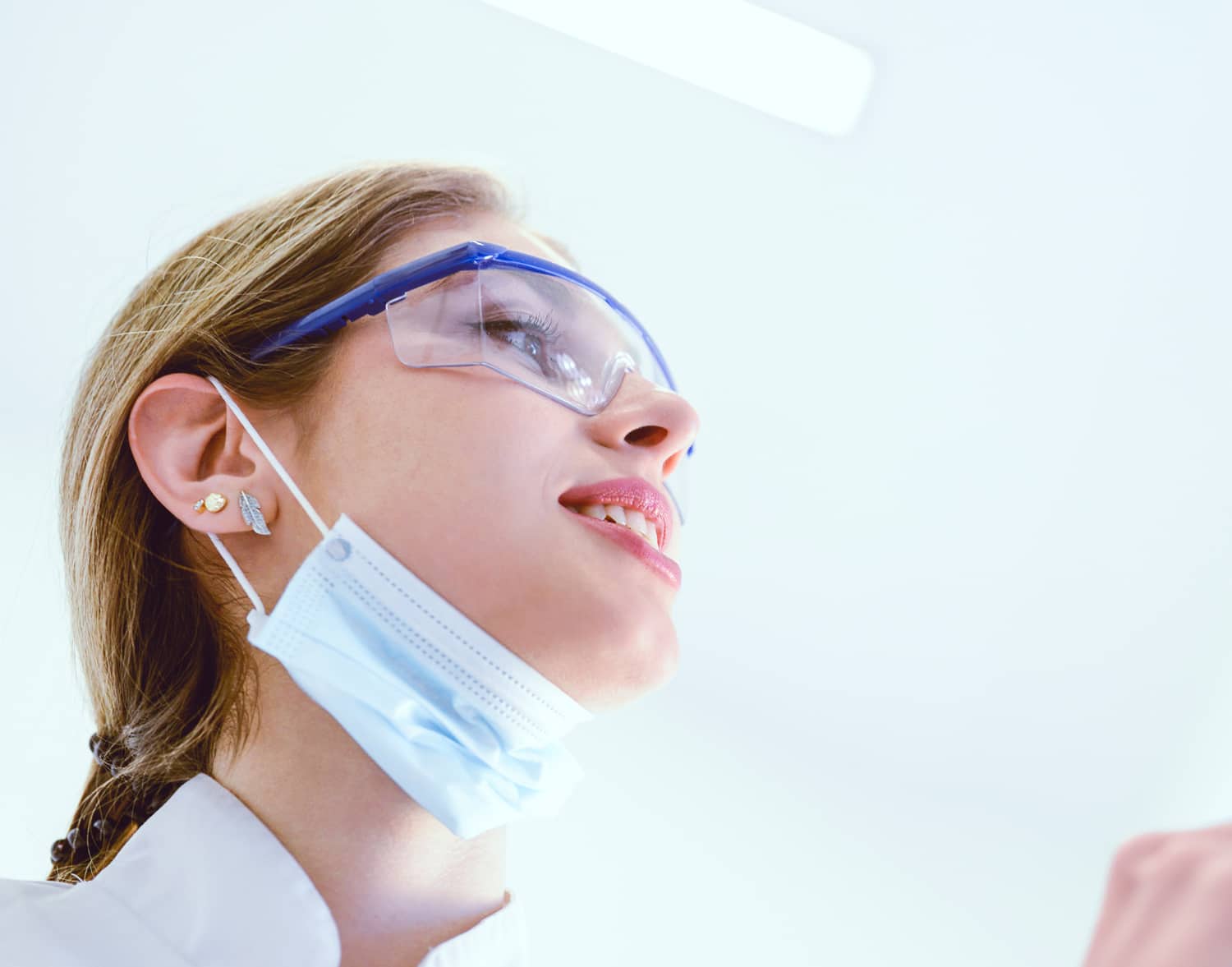Tax relief for Capital and Revenue expenses – explained
If you’re an established business owner, like most our doctors and dentists are, then you will perhaps be aware that not everything you purchase for your business necessarily gets offset directly against your income with 100% tax relief in the year of purchase. Medical and practice equipment, motor vehicles, fixtures and fittings and IT equipment are all examples. Tax relief for all business costs are in fact determined by their useful life and affects how much tax you can potentially claim back, and when.
However, until December 2014 you can claim 100% tax relief on costs related to capital investment.
Revenue expenses – the day-to-day running costs
Referred to as “revenue expenses” because for tax purposes they are offset against your revenue (i.e. income) they capture those costs required for you to run the business on a day-to-day basis.
Matching income with expenses
The logic behind this way of reporting is that income and expenses are “matched” in the period they relate to each other.
So, for example, you pay an associate or your practice manager for the work they do in, say, October. Income, or at least productivity can be directly related to the cost involved with their employment for that particular month.
Using another example, the business stationery you purchase over the course of the year, gets used up on a daily and weekly basis – contributing to short-term business operations. It is unlikely you would ever sell your stationery stock, as it doesn’t really retain a value.
Consumable expenses
Revenue expenses make up the majority of business costs – some specific examples are:
- Wages & salaries
- Printing, postage and stationery
- Advertising & marketing
- Office and general practice expenses
- Stock and consumable items
- Accountancy fees
The broad rule here is that expenses that are “consumable” broadly within the financial year, can be offset against your income with, typically, 100% tax relief in that relevant tax year.
Capital expenses – your assets
Capital expenses include:
- Medical and practice equipment
- Fixtures and fittings for the practice
- IT equipment
- Motor vehicles
The difference between “capital” and “revenue” expenses is that capital items have a useful life of more than one year. Typically, they are items that can be sold or at least hold a value for some time after purchasing.
As mentioned before, it is unlikely that you would re-sell your stationery stock in years to come, however, you may be likely to sell a dental chair or a photocopier for example.
Depreciating assets
Some assets, such as goodwill, appreciate over time and grow in value. However, most assets will actually depreciate, losing more value the longer you have them.
To this effect, two things happen in your business accounting:
1) Depreciation is applied in your financial statements – this is a representation by accounting standards as to how much your assets devalue within that financial period.
2) Capital allowances are applied in your tax return to provide tax relief based on the number of years this asset is considered to depreciate over.
Rates of tax relief
Depending on the nature of the asset depends on the tax relief awarded.
For the purpose of this article we will exclude motor vehicles, as this gets a bit more complex and won’t apply to the majority of doctors and dentists operating through a limited company.
Currently, for any equipment, fixtures, fittings and IT equipment the rate of tax relief is 18%. Broadly speaking this means these items are considered to be of use to the business for 5-6 years before they become “value-less”.
From a practical point of view it means that income could be generated or supported by using these items for 5-6 years. If you think about it, it makes sense; you would probably use most equipment for between 3 and 10 years before it needs replacing.
100% tax relief via the Annual Investment Allowance
Further to encourage investment into business assets, the government has in place a scheme called the Annual Investment Allowance, which enables businesses to claim 100% tax relief on assets up to the value of £250,000 in the financial year. This applies from January 2013 until December 2014.
It’s worth looking into as it means that the usual difference between revenue and capital expenses becomes virtually obsolete.
Figurit are experienced tax advisors to doctors and dentists and provide advice on a daily basis to our clients around maximising tax relief. Timing is always the key so don’t hesitate to get on contact to discuss what you can be doing in this tax year to reduce your tax liability. Telephone: 020 7373 9333
Related articles:
–
What does your Profit and Loss say about your business
–
Do you have a healthy Balance Sheet?
–
Corporation tax rates set to remain low






